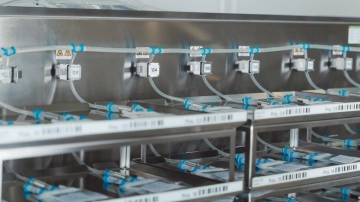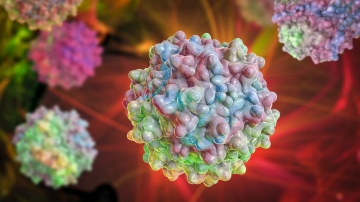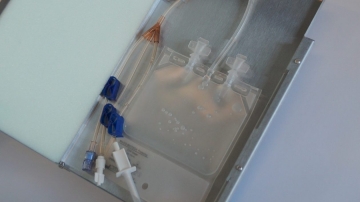Challenges in viral vector production & innovative solutions
Table of contents
ShowThe challenges in viral vector production are many. The manufacturing process is complex and often demands more flexibility than traditional techniques and devices can offer. And while the safe handling AAV vectors is already difficult at smaller scales, up-scaling viral vector production brings a whole set of additional challenges to bioprocessing.
However, the wide range of applications of viral vectors across the biopharmaceutical industry and the conviction that their potential is far from being exploited drives improvements in process development of viral vector production, answering challenges with innovative solutions.
Overview – the viral vector manufacturing process
The manufacturing of viral vectors is a multi-stage process, indispensable for biotechnology in the production of vaccines and gene therapies.
- Host cell selection: The production process begins with the careful selection of host cells, which serve as the production platform for the viral vectors. They are typically derived from mammalian sources, with adherent HEK293 cell culture being a prominent approach.
- Genetic engineering: The selected host cells are genetically modified to enable them to produce the desired viral vectors. This step involves introducing the relevant genetic material, such as plasmids or viral DNA, into the host cells.
- Cell cultivation: The host cells transfected with a gene of interest are cultivated under controlled conditions in bioreactors. These bioreactors provide an environment conducive to cell growth and vector production, with factors like temperature, pH, and nutrient supply as well as the presence of additional reagents carefully regulated.
- Virus production: During cultivation, the host cells generate the viral vectors. This phase involves the replication of the viral genome and the assembly of vector particles. The choice of viral vector, such as adenovirus, adeno-associated virus (AAV), herpes simplex or lentivirus, determines specific production requirements, and is yet influenced by considerations such as their immunogenicity or whether they are planned for in vitro or in vivo applications.
- Harvesting: Once a sufficient quantity of viral vectors is produced, the culture is harvested, and the vectors are extracted. This step typically involves cell lysis and separation processes to recover the vectors.
- Purification: The harvested vectors undergo purification to remove impurities, including empty capsids, host cell proteins and nucleic acids. Multiple purification steps, often involving chromatography, are employed to achieve high vector purity.
- Quality control: Rigorous quality control tests are conducted to assess the safety and potency of the viral vectors. These tests include assessments of vector titer, purity, and functionality. Not only at this stage, adherence to Good Manufacturing Practices (GMP) is essential.
- Formulation: The purified vectors are then formulated into a suitable dosage form, ensuring stability and compatibility for storage and administration.
- Storage and distribution: The final vector product is stored under controlled conditions, with strict temperature and environmental controls to maintain vector integrity. Distribution to clinical trial sites or manufacturing facilities for downstream applications follows stringent logistics protocols.
Source:1
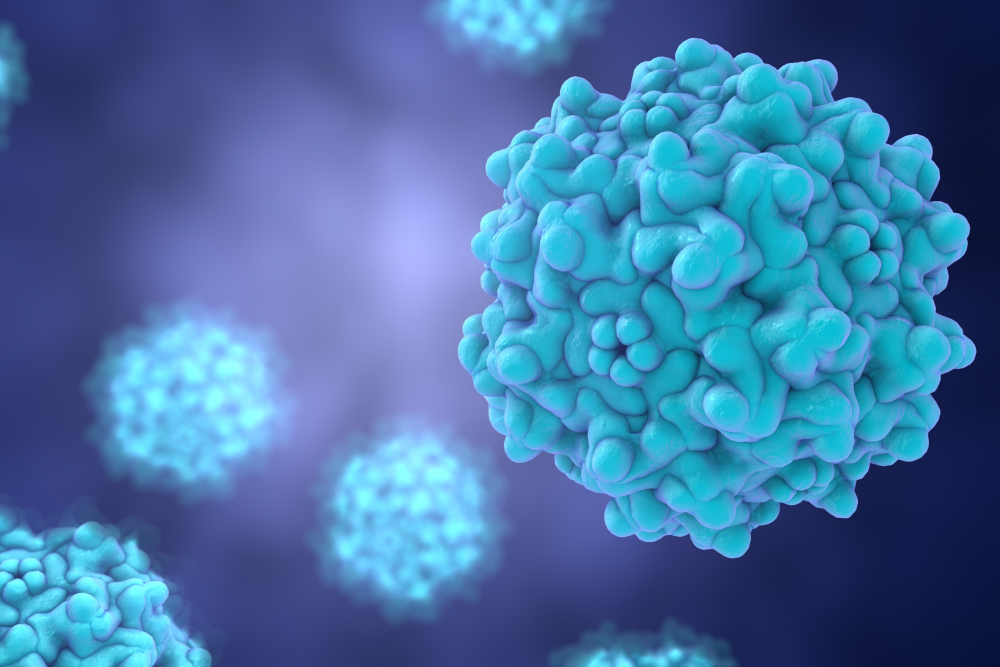
Challenges in viral vector production
Viral vector production brings challenges on different level – from the manufacturing techniques and processes to cost efficiency and safety down to regulatory demands. These challenges are even more crucial to overcome when the viral vector production is to be brought to a larger scale.
Scale-up hurdles in viral vector production
The process of scaling up viral vector production from laboratory-scale to large-scale, while upholding stringent Good Manufacturing Practices (GMP) and meeting regulatory criteria set by organizations like the FDA, presents substantial challenges in the field. These scale-up hurdles encompass critical steps of the manufacturing process.
Selecting the proper manufacturing platform is a crucial decision, as the move from small-scale research setups to large-scale commercial ones necessitates ensuring consistent quality and compliance with GMP standards.
The choice between a scale-out (parallel processing) or scale-up (increased volume in a single system) approach requires careful consideration, impacting efficiency, cost-effectiveness, and product quality.
Achieving the desired cell densities and vector titers at large scales necessitates the optimization of conditions to maximize vector yield while minimizing production costs.
Additionally, readiness for clinical trials, often contingent on successful scale-up, demands stringent adherence to safety, quality, and efficacy standards in production.
However, taking these scale-up hurdles is necessary for the successful transition of viral vector-based therapies from research or preclinical to large-scale commercial production, thereby extending the benefits of gene therapy to a broader public.
Restrictions of frequent culture systems
Mammalian cells grown in adherent suspension are widely used in the manufacturing of viral vectors. However, this culture system cannot be easily scaled up, considering the large number of different containers that need to be dealt with during the production, which leads to a bottleneck in downstream processing.
The specific type of viral vector to be produced does play a critical role in the selection of producer cell lines. However, new culture systems are to be considered that are more suitable for larger scale viral vector production.
Need for many individualized processes
In the manufacturing of gene therapies, customized processes in viral vector manufacturing are ubiquitous. Gene therapy offers hope to individuals with specific genetic conditions, but its efficacy hinges on adapting production to individual patient needs.
Patient genetics are diverse, making it essential to tailor processes for each case. Unlike standard pharmaceuticals, gene therapy must be customized to suit the unique genetic variations within the patient population.
Customization starts with adapting manufacturing steps, from transgene insertion into plasmids to final vector production, ensuring alignment with each patient's genetic makeup. All of these adaptations demand high variability. This requirement, though, is no excuse for underscoring regulatory standards (as will be discussed in the following chapter), but forces manufacturers to adapt complex procedures regularly and efficiently.
Quality control and regulatory demands
Quality control and regulatory demands are essential aspects of viral vector manufacturing, ensuring the safety and efficacy of gene therapy products. Stringent quality control measures are necessary to meet regulatory standards set forth by organizations like the FDA. These demands encompass a comprehensive evaluation of every stage of the manufacturing process, from initial cell line development to final vector product release.
Adhering to Good Manufacturing Practices (GMP) is a fundamental requirement, emphasizing the need for consistency, traceability, and documentation throughout production. Quality control protocols encompass critical assessments of vector titer, purity, and potency, safeguarding the integrity of gene therapy products.
Furthermore, regulatory approval for clinical trials and eventual commercialization necessitates meticulous documentation, adherence to established protocols, and transparency in reporting. Achieving compliance with regulatory requirements is not only a significant challenge, but also a crucial milestone on the path to bringing viral vector-based therapies to patients.
Long-term storage of viral vectors
Efficient long-term storage of viral vectors is a cornerstone of their utility in gene therapy, vaccine development, and biopharmaceutical research. It ensures that these vectors remain viable and fully functional over extended periods, ready for use in critical applications.
One of the primary challenges in long-term storage lies in formulation. Developing the right formulations is intricate work, as they must preserve the integrity and functionality of viral vectors during storage, ensuring their suitability for clinical and research purposes. The selection of excipients, stabilizers, and optimal storage conditions becomes paramount in this context.
Selecting appropriate freezing methods is equally crucial in the preservation of biopharmaceutical products based on viral vector. Nevertheless, factors like the low stability of rAAVs (recombinant AAVs) and the different serotypes of AAVs make it necessary to store them in a frozen state. This raises the question on how to achieve ultra-low temperatures while preserving the integrity of the frozen substances and avoiding damaging effects like aggregation. Considerations on the ideal freezing rates are equally important as logistic planning, since viral vectors should not be subjected to multiple freeze/thaw cycles.2
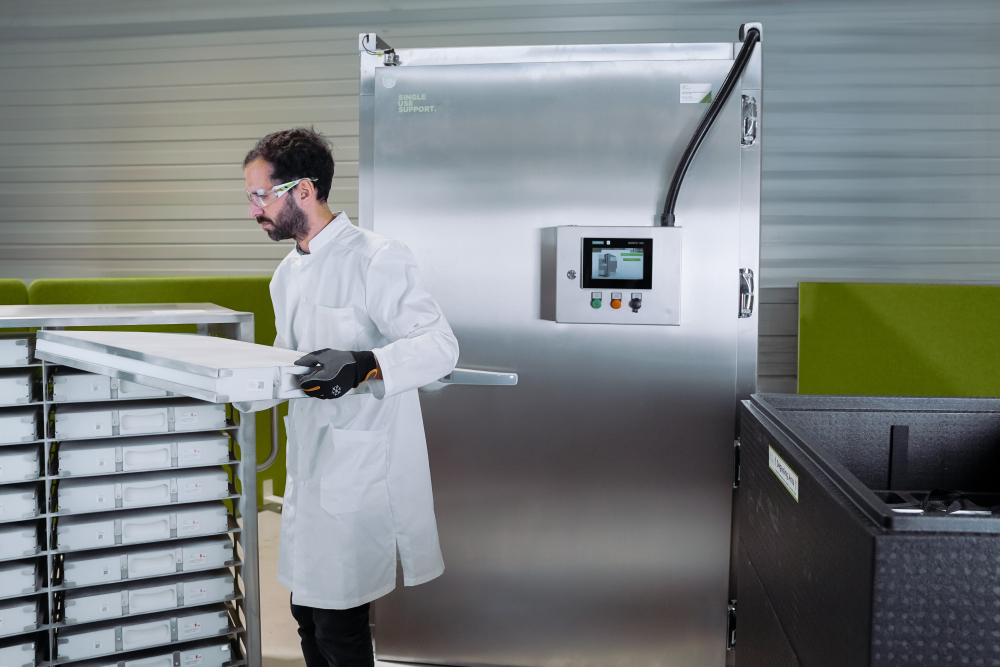
Innovations in viral vector production
To meet the challenges identified and increase optimization, novel techniques are transforming the manufacturing of viral vectors, resulting in improved safety, cost-effectiveness, scalability, and sustainability. Nevertheless, it was estimated that the viral vector manufacturing market 2023 is globally worth USD 5.5 billion, expected to more than double by 2028. This only illustrates the urgency of implementing efficient technologies and strategies in the attempt to make viral vector technology more accessible.3
Novel culturing methods
Novel culturing methods have led to a paradigm shift in viral vector production. Along with traditional adherent cell cultures modified through transient transfection, these methods embrace suspension cell cultures grown in bioreactors. This advancement allows for significant advantages to the production at commercial scale.
Suspension cultures, in which cells float freely in a liquid medium, offer scalability and ease of handling. Baculovirus expression systems have also been proposed to be well-suited for large-scale applications.
By addressing bottlenecks and optimizing workflows, automation and compliance measures are advancing the quality and scalability of biopharmaceutical manufacturing, accelerating the development and delivery of life-changing therapies.4 5
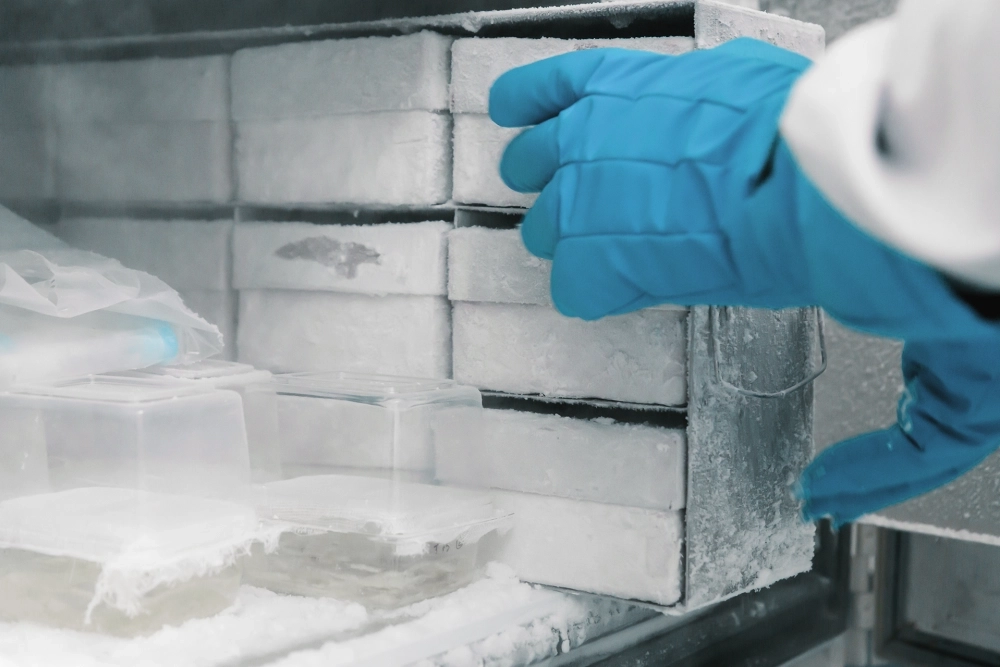
Facing challenges with single-use technologies
The adoption of single-use technologies has undoubtedly enhanced the biopharmaceutical industry, bringing advantages such as flexibility, cost-effectiveness, and reduced contamination risks.
Single-use technologies, when combined with a high level of automation as in the solutions provided by Single Use Support, can result in process optimization not only in AAV production. Instead, they optimize cell and gene therapy development and manufacturing in general.
The automated fluid management system RoSS.FILL is part of a fully scalable platform for aseptic aliquotation, completed by RoSS.PADL for homogenization through automated kneading and cooling.
The freeze/thaw process can be performed with the innovative plate freezing platform RoSS.pFTU, able to freeze single-use bags down to -80 °C in a fast and controlled manner. This reduces the risk of damaging effects like cryoconcentration, while being protected by RoSS – for safe, robust storage and shipping of single-use bags in different types and sizes, also making the biologics easily stackable in ULT freezers. The viral vectors are preserved until ready for use, whether in CAR-T cell therapies or as materials for innovative therapeutic approaches.
- Continuous Processing for Viral Vectors. BioPharm International, BioPharm International, August 2022 Issue, Volume 35, Issue 8. Pages: 31–35. , https://www.biopharminternational.com/view/continuous-processing-for-viral-vectors , Published
- Manufacturing Challenges and Rational Formulation Development for AAV Viral Vectors, http://dx.doi.org/10.1016/j.xphs.2021.03.024, Published 2021-04-02
- Viral Vector & PLasmid DNA Manufacturing Market by Type (Viral vector (Retroviruses, Adenoviruses, AAV, Lentiviruses), Plasmid DNA), Workflow (Upstream, Downstream), Application (Cell & Gene Therapy), Diseases (Cancer), End User - Global Forecast to 2028. Markets and Markets, 2023. , https://www.marketsandmarkets.com/Market-Reports/viral-vector-manufacturing-market-89341986.ht, Published
- Addressing the Challenges of Commercial-Scale Viral Vector Production, http://dx.doi.org/10.18609/cgti.2018.004, Published 2018-03-19
- Upstream Manufacturing of Gene Therapy Viral Vectors., https://cellculturedish.com/upstream-manufacturing-gene-therapy-viral-vectors-2/, Published




